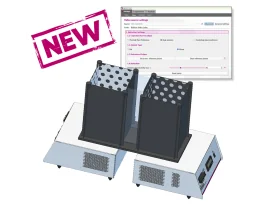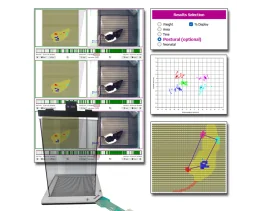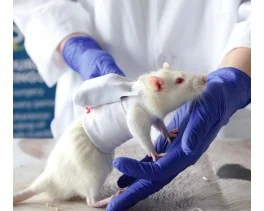Authors
AbdulkarimTutakhailaQand AghaNazarybDelilaLebsiraSaadiaKerdine-RomercFranoisCoudore
Lab
CESP/National Institute of Health and Medical Research INSERM UMR-S 1178, Paris-Sud University, Faculty of Pharmacy, Paris-Saclay University, France
Journal
Life Sciences
Abstract
Aim Activation of the Nrf2-antioxidant response element signaling pathway is a major mechanism in the cellular defense against oxidative or electrophilic stress through conjugative reactions and by enhancing cellular antioxidant capacity. Although exercise training up-regulates antioxidant defenses system, while information regarding the intensity levels of physical exercise that acts on the cellular protection systems is limited.
Main methodsKey findings This study confirmed that only vigorous and longer duration aerobic exercise increased Nrf2 protein level in the hippocampus and HO-1 protein level in the cortex and reduced pain perception. Mechanical and thermal hypoalgesia were only observed in exercise groups after 7_weeks of physical training.
Significance The overall findings in this study confirm that only the long duration intensive forced exercise reduced inflammatory pain by induction of Nrf2/HO-1 antioxidant signaling pathway.
BIOSEB Instruments Used
Cold Hot Plate Test (BIO-CHP)
Source :
https://www.sciencedirect.com/science/article/abs/pii/S0024320518304508#!

 Douleur - Allodynie/Hyperalgésie Thermique
Douleur - Allodynie/Hyperalgésie Thermique Douleur - Spontanée - Déficit de Posture
Douleur - Spontanée - Déficit de Posture Douleur - Allodynie/Hyperalgésie Mécanique
Douleur - Allodynie/Hyperalgésie Mécanique Apprentissage/Mémoire - Attention - Addiction
Apprentissage/Mémoire - Attention - Addiction Physiologie & Recherche Respiratoire
Physiologie & Recherche Respiratoire




































 Douleur
Douleur Système Nerveux Central (SNC)
Système Nerveux Central (SNC)  Neurodégénérescence
Neurodégénérescence Système sensoriel
Système sensoriel Système moteur
Système moteur Troubles de l'humeur
Troubles de l'humeur Autres pathologies
Autres pathologies Système musculaire
Système musculaire Articulations
Articulations Métabolisme
Métabolisme Thématiques transversales
Thématiques transversales Congrès & Meetings
Congrès & Meetings 